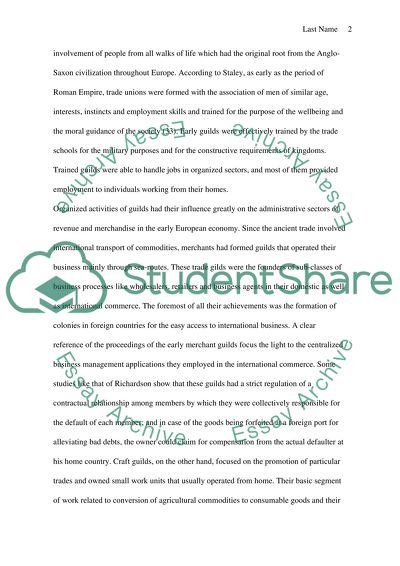Cite this document
(“Impact of Guilds on Medieval Life Research Paper”, n.d.)
Retrieved from https://studentshare.org/history/1449216-impact-of-guilds-on-medieval-life
Retrieved from https://studentshare.org/history/1449216-impact-of-guilds-on-medieval-life
(Impact of Guilds on Medieval Life Research Paper)
https://studentshare.org/history/1449216-impact-of-guilds-on-medieval-life.
https://studentshare.org/history/1449216-impact-of-guilds-on-medieval-life.
“Impact of Guilds on Medieval Life Research Paper”, n.d. https://studentshare.org/history/1449216-impact-of-guilds-on-medieval-life.


